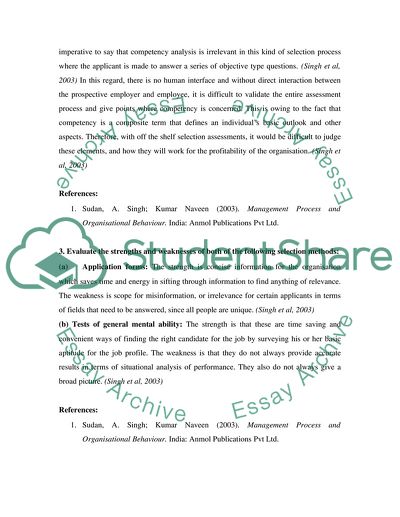Cite this document
(Important Factors in Ensuring the Selection of the Employees Ethically Article, n.d.)
Important Factors in Ensuring the Selection of the Employees Ethically Article. Retrieved from https://studentshare.org/human-resources/1706555-exam-questions
Important Factors in Ensuring the Selection of the Employees Ethically Article. Retrieved from https://studentshare.org/human-resources/1706555-exam-questions
(Important Factors in Ensuring the Selection of the Employees Ethically Article)
Important Factors in Ensuring the Selection of the Employees Ethically Article. https://studentshare.org/human-resources/1706555-exam-questions.
Important Factors in Ensuring the Selection of the Employees Ethically Article. https://studentshare.org/human-resources/1706555-exam-questions.
“Important Factors in Ensuring the Selection of the Employees Ethically Article”, n.d. https://studentshare.org/human-resources/1706555-exam-questions.


